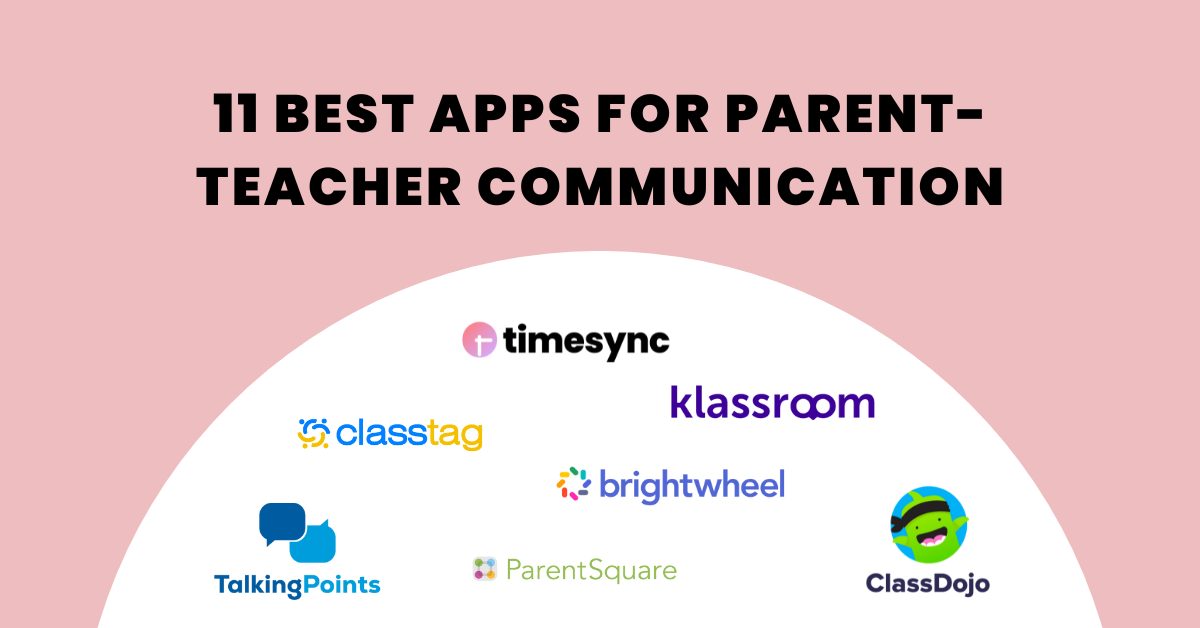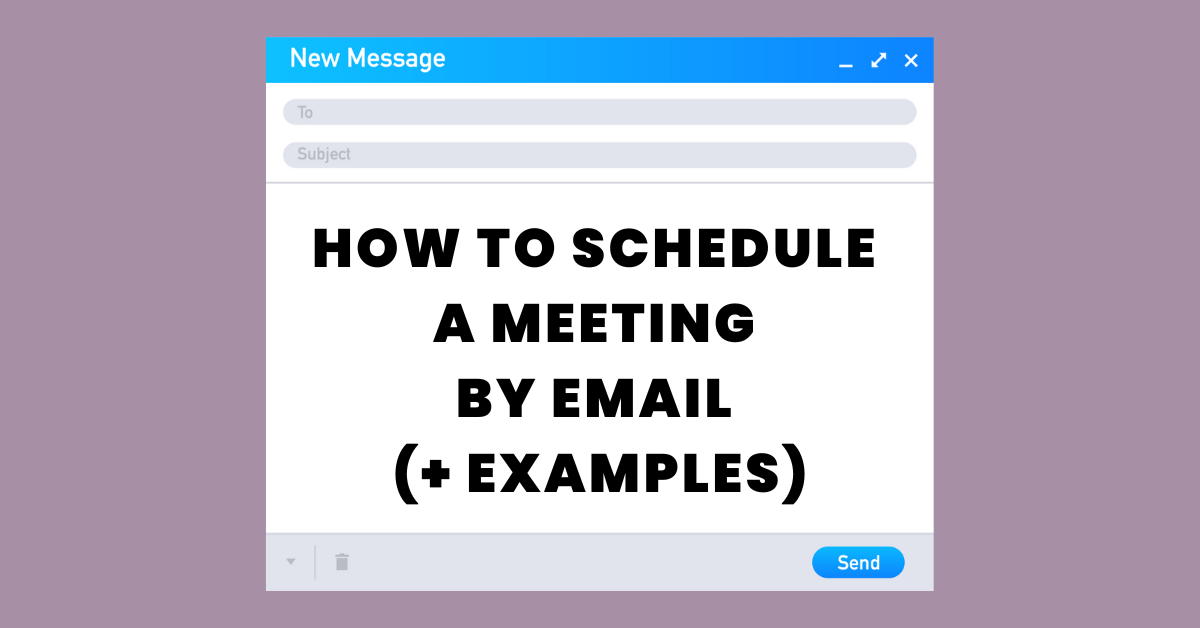

Menu



Content Writer
Emails are one of the most popular corporate tools for communication and for all the right reasons. They are fast, cheap, reliable, and have an average open rate of 21.5%.
If you’re planning to schedule a meeting, whether it be for an interview or a follow-up session, it’s important to craft a compelling and clear email.
In this post, we discuss everything that goes into crafting an email meeting request. We have also included some real examples at the very end for you to get an even better understanding. Let’s dive right in!
If you want your email to be opened, make your subject lines as simple, clear, and promising as you can.
Subject lines are the first thing your recipient sees which also makes them the most important element of a good email request.
You don’t have to include all of the fancy language or unnecessary details — just make sure that your recipient knows exactly what they’re going to get when they open their inbox.
Don’t start with being sales-y right away, especially if you’re crafting a follow-up appointment to sell your product.
Set the tone for the email in the first couple of sentences especially if this is the first time interaction between you and the prospect.
This is not a time to be pushy — just be friendly and interested in learning more about their needs.
The purpose of this mail is not to sell your services, but to show that you are genuinely interested to know more about their business, their problems, and to further propose feasible solutions.
After introducing yourself, this next section is your opportunity to sell your business and make yourself stand out from the rest of the crowd.
This is where you’re going to talk about the main purpose of the meeting.
The best way to nail this section of the mail is to keep it short and to the point. Generate some curiosity in the prospect’s mind while also expressing confidence.
Once you have discussed all the important details, it’s time to get them to book a meeting with you.
While you can directly ask them for their availability, we know this method can be time-consuming with all the back-and-forth emails.
The best way to go about presenting your availability and getting them to book a meeting with you is to use a scheduling tool. Depending on the tool you use, you can even embed your meeting timings right in your email, so your clients can easily book a slot with you.
By first presenting your availability windows, your client can quickly fall back on their own schedule and know what they’re working with.
One of the most potent tactics in business is personalization.
Personalize your cold email to reflect the company or industry of your potential customer in order to grab their interest and show that you aren’t just another email spammer.
Here are some tips for writing personalized cold emails:
Since you’re the one who requested the business meeting via email, the responsibility of getting them to say yes lies solely on you.
To make sure they show up, avoid being vague. Make sure your request is brief and specific. Moreover, share all important details of that meeting like the date, time, meeting duration, etc.
The fewer questions your prospects have regarding the meeting, the higher the chances of them saying yes.
It might be challenging to write a cold email to someone you’ve never met. You could do everything perfectly and still not a get reply from the client.
Now, you are left unsure of whether all your efforts have been wasted.
To avoid this, always be sure to request a reply. What better way to do this than to include a CTA in your concluding paragraph?
The ideal approach to inform a prospect what to do next is with a call to action (CTA), more importantly, a single-action CTA since they are shown to reduce confusion and have up to 2X response rates.
Once you get the response and all is set, the final step is to write a follow-up email 2 to 3 days before the meeting to remind them of all important details (date, time, location).
This is to ensure that both parties are on the same page and if need be, have time to make changes beforehand rather than postponing, or worse, canceling the meeting.
There’s an ocean full of email templates on the internet, however, in the end, it all comes down to 2 factors you need to take care of while writing a converting email request:
While you have to figure out the purpose of the meeting, we’ve divided this section into 3 sub-sections:
Let’s go through each one!
It’s a little more difficult to ask someone you don’t know for a meeting. They are already gettings hundreds of cold emails each day.
To make sure they see yours, you must show your worth as a person to them.
Here are 3 attention-grabbing email templates you can use:

A standard email template to ask your prospect for a collaboration meeting.

Serves the same purpose as the previous email template, but has more detailed credentials about your company.

A cold email template to reach out to your prospect and discuss a specific issue related to their business.

This template is ideal for targeting prospects that are aware of your company/services and is designed to convert that warm lead into a hot one.


Let’s face it, no one has the time to attend a conference if they don’t see any benefit.
To avoid getting skipped, you’d need to offer them something irresistible like a free demo of your service. Here’s a quick example of that:

This email template works perfectly for both cold and warm leads. It includes your introduction, and addresses a relevant issue while also telling them the next step through a CTA.

An email meeting request that works goes beyond simple emails. Encouraging the recipient to schedule the appointment and, ideally conduct business with you frequently requires compelling copywriting and sales strategies.
These 8 above-mentioned templates should give you a good idea of how to schedule a meeting by email that your client will say yes to.
That being said, it’s best you use them as inspiration and not copy and paste the entire thing as it is.
Remember, customization is vital! Prospects should be treated like people and not merely as steps in a process.
This concludes our contribution, now it all comes down to you to make the most of it!

Devesh is a content writer at Novocall.
Related articles
Subscribe to our blog
Get insights & actionable advice read by thousands of professionals every week.